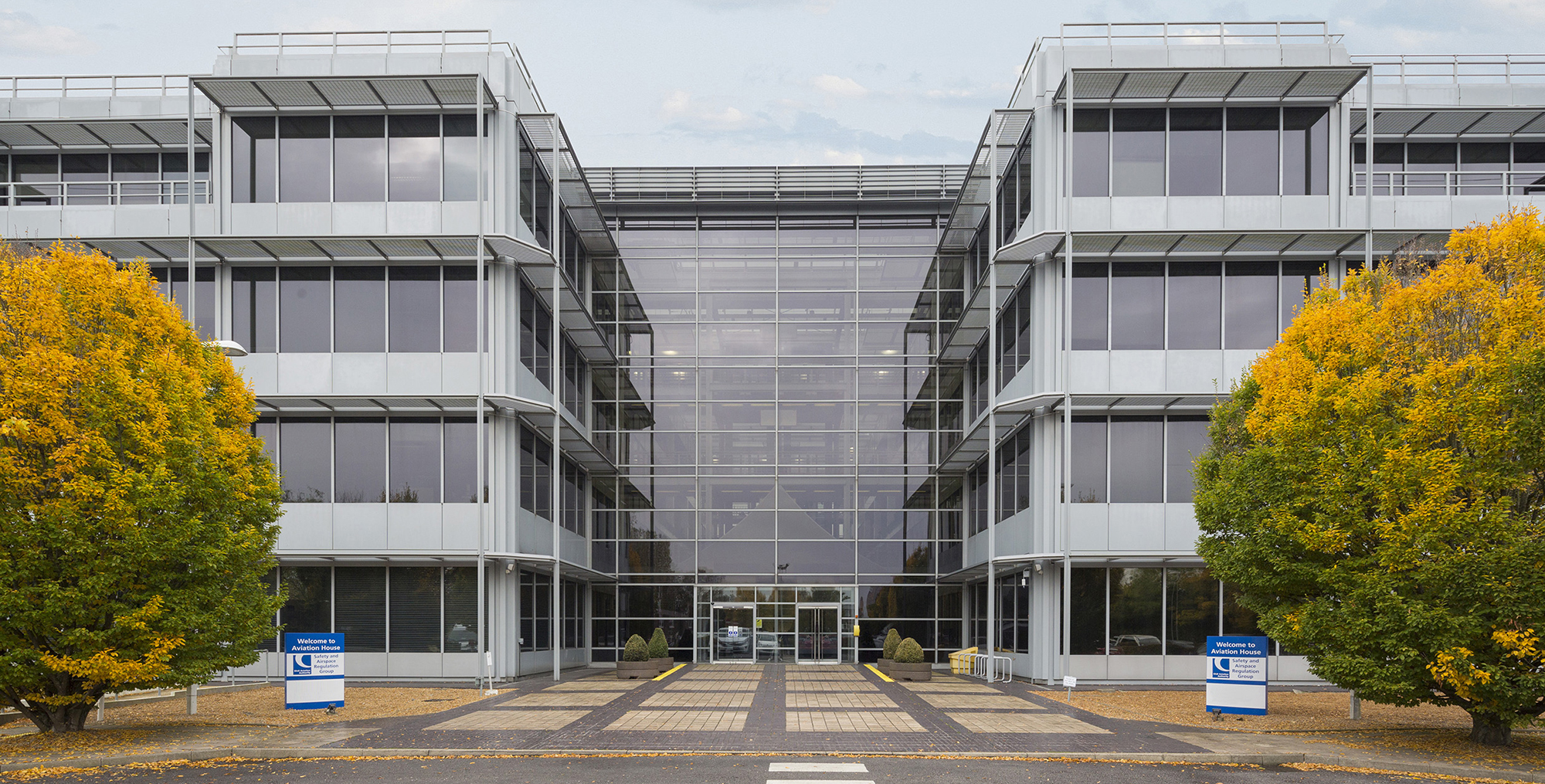Today (1 April 2022) the UK’s Civil Aviation Authority embarks on its 50th anniversary celebrations. The past five decades has seen revolutionary advances in aviation, safety and travel.
The Civil Aviation Authority was formed as part of the Civil Aviation Act 1971 with regulation of aviation previously being the responsibility of the Air Registration Board and the Board of Trade.
Sir Stephen Hillier, Chair of the UK Civil Aviation Authority, said:
“It's been an incredible 50 years for the Civil Aviation Authority, and indeed for the whole aerospace industry. I'm proud that the organisation has been able to sustain its position at the forefront of aviation and aerospace regulation for this extraordinary half-century, promoting safety, enjoying the trust and confidence of those that we regulate, and ensuring that we deliver the best possible outcomes for consumers and the industry.
Aerospace has always been at the leading edge of technology, and I know that it will continue to be throughout the next 50 years. As the UK’s aviation and space regulator, the Civil Aviation Authority is proud and excited to play its part in enabling and securing that future."
Below, we highlight some of the key aviation milestones over the last five decades:
1970s
In 1974 Clarksons Travel holiday company collapsed with 35,000 travellers abroad. There were insufficient funds to repay those who had paid for their holidays in advance. This led to the creation of a fund to reimburse Clarksons customers, which became the ATOL scheme we know today.
In 1975, a significant milestone came when Concorde gained its Certificate of Airworthiness from the Civil Aviation Authority, bringing in the era of supersonic travel.
1980s
The 1980s saw a wave of aviation advancements – the period when London City Airport became operational.
In 1982, the Civil Aviation Authority certified the Boeing 757, 767 and, a year later, the Airbus A310.
Following the Airtours accidents of 1985, the mid-80s saw the introducing of crucial cabin safety measures: floor level lighting, toilet smoke detectors, greater space around over-wing exits and fire-blocking seat covers.
1990s
In the 1990s, further safety improvements followed the 1989 Kegworth plane crash
By 1997, the aviation industry had become a major sector of the UK economy. By this time, there were 15,000 aircraft on the Civil Aviation Authority’s register and UK air traffic controllers were now handling over four million flights a year.
2000s
In the period immediately following 9/11, the Civil Aviation Authority played a crucial role in protecting airspace, introducing a restriction of flying over central London.
The eruption of the Icelandic volcano Eyjafjallajökull, known as the ‘2010 ash crisis’, led to the closure of most of European airspace which the Civil Aviation Authority – working in partnership with airspace regulators throughout Europe – managed to set new safety standards and re-open airspace within days.
2014 saw the launch of the Civil Aviation Authority’s dedicated unit helping to further promote the UK’s thriving general aviation sector.
In 2017 and 2019, Monarch Airlines and Thomas Cook collapsed, with 2019 seeing the Civil Aviation Authority launch the largest repatriation in peacetime history.
2020s
The Coronavirus pandemic led to another significant disruption to the airspace and travel industry, and the Civil Aviation Authority played a key role in supporting the sector during this, as well as a safe restart.
Last year (2021), the Civil Aviation Authority took on new powers as the UK’s space regulator, helping to develop a safe, innovative and thriving space industry in the UK.

